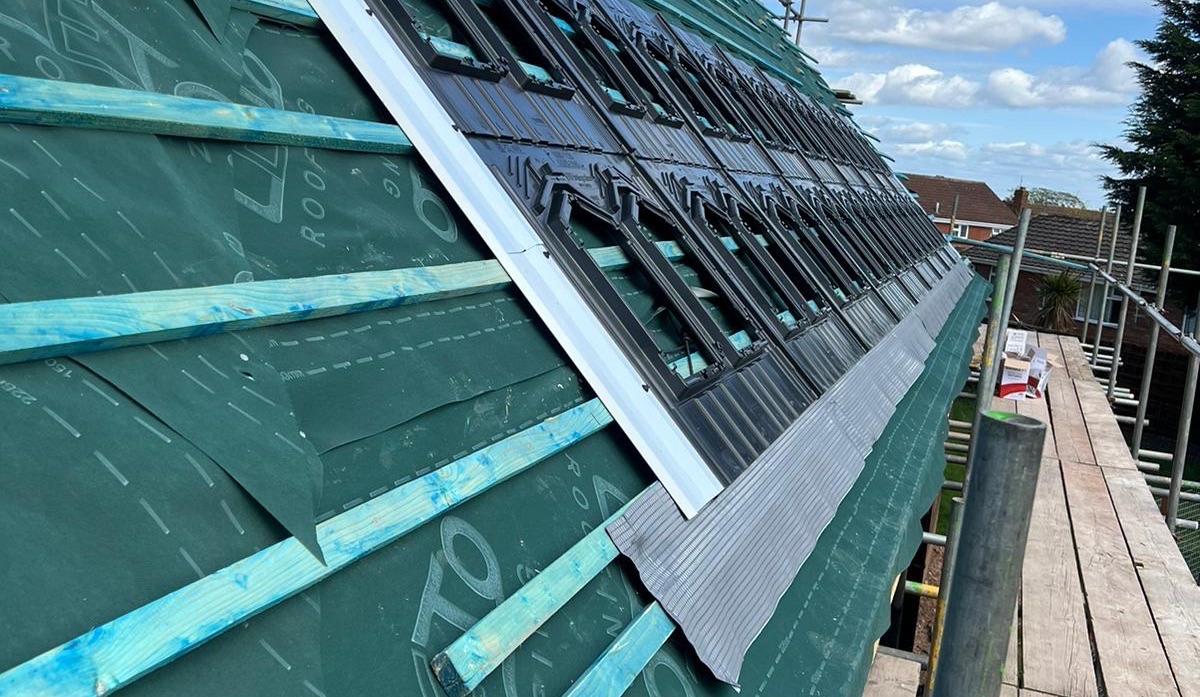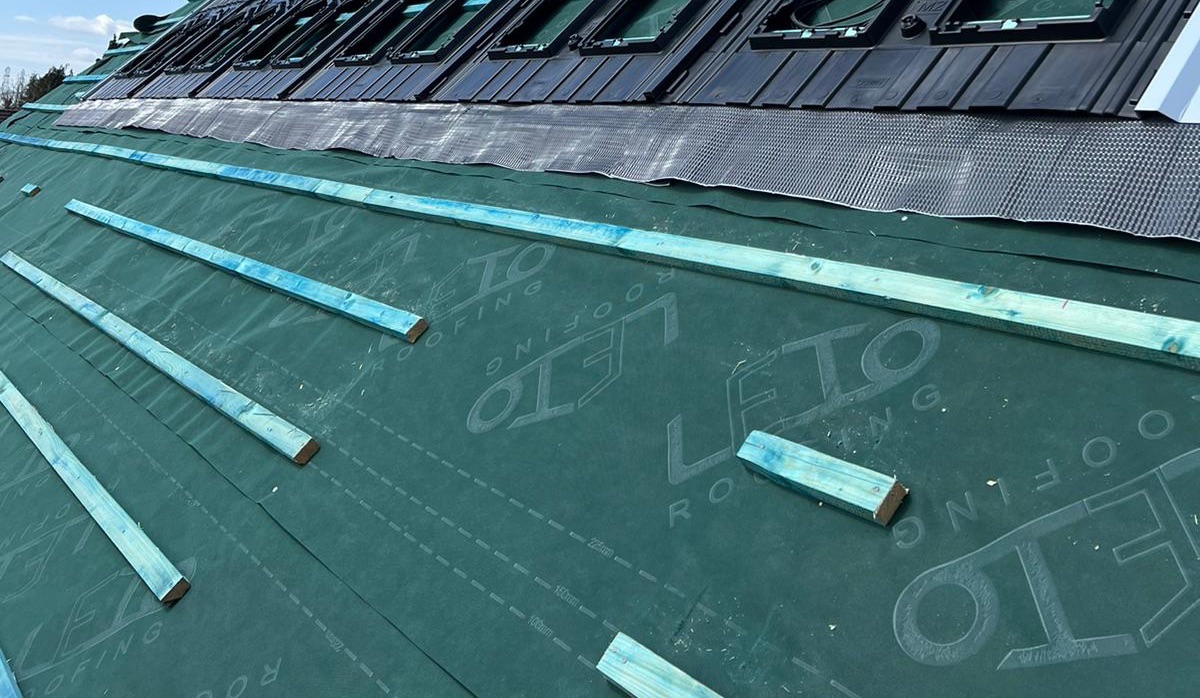Types of Roof Mounting Systems
The choice of mounting system will depend on your roof type, structural considerations, and preferences for aesthetics, durability, and cost. There are several types of roof mounting systems available for solar panels, including:

Why are these systems needed?
Solar panel mounting systems are necessary for several important reasons, ensuring that solar installations are secure, efficient, and compatible with the roof they are installed on. Here’s why they are essential:
Selecting an appropriate roof mounting system is crucial for a successful solar panel installation. Considerations such as roof type, adjustability, aesthetics, and budget will influence the choice between railed, rail-less, or ballasted systems.
Each option presents unique advantages and trade-offs, highlighting the importance of working with a professional Sunlec installer to determine the optimal solution for a secure and efficient setup.











